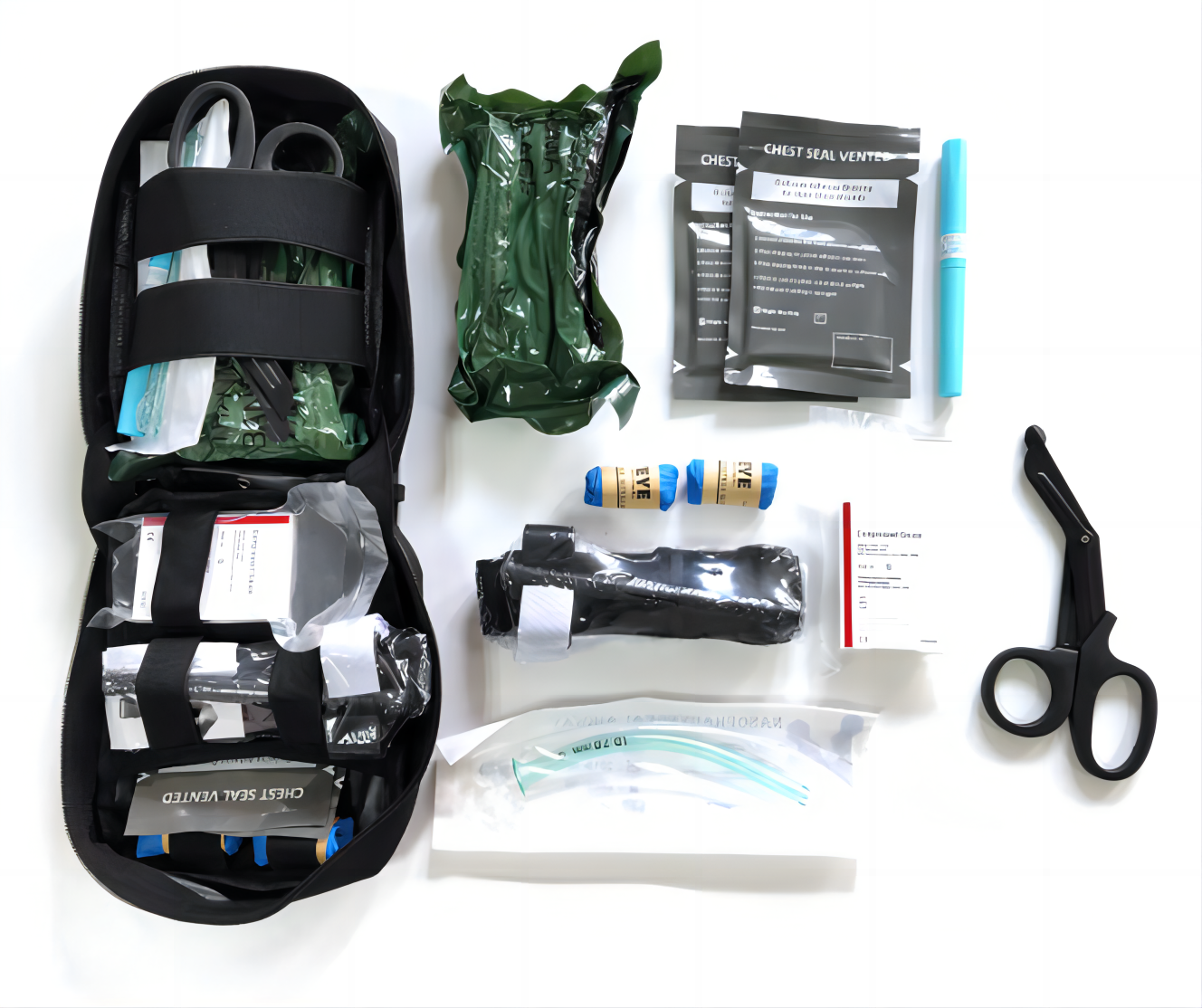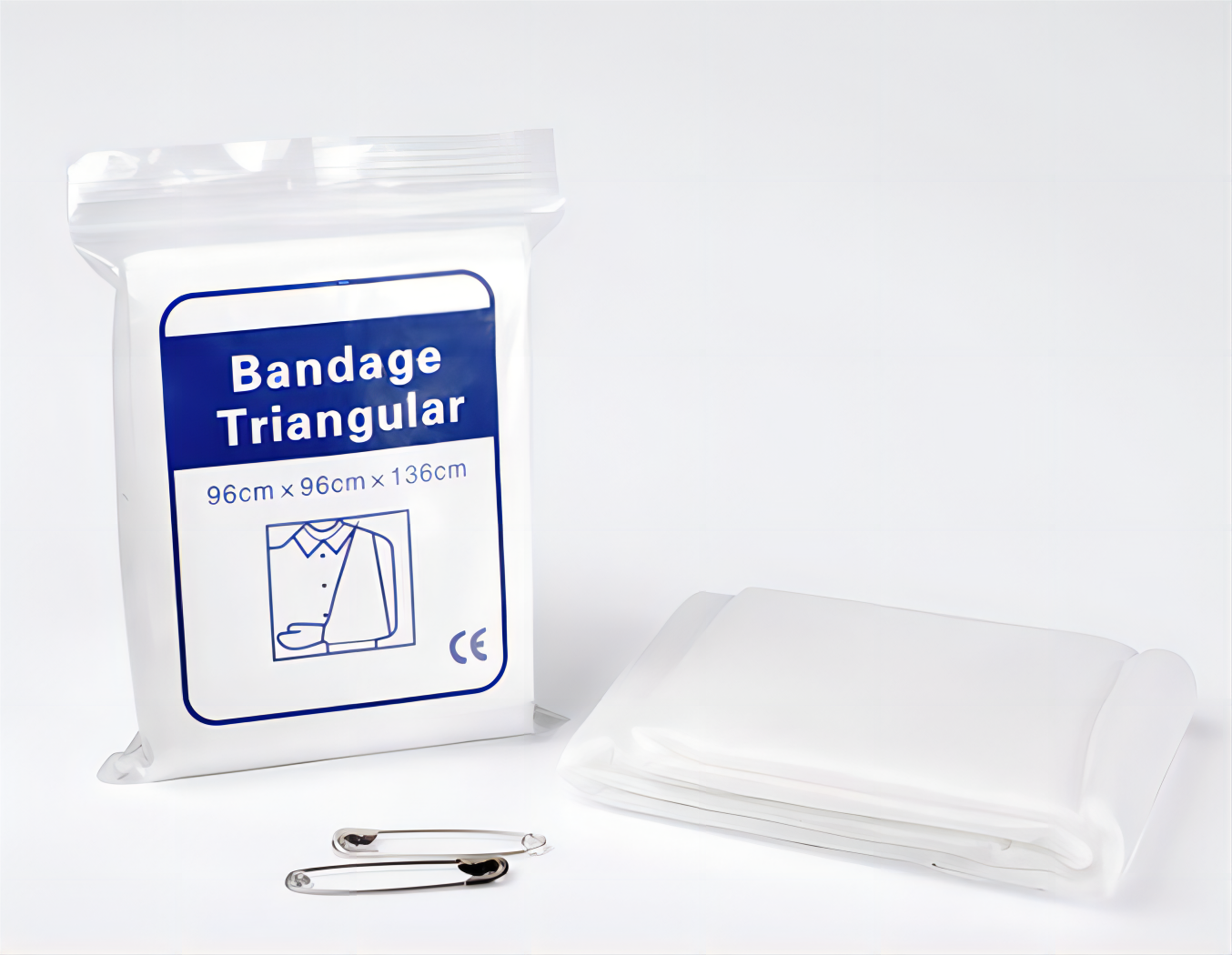
GET A QUOTE
What to Include in Your First Aid Kit for Burns?
Understanding what to include in your first aid kit for burns can significantly enhance your ability to provide timely and effective care. Let's delve into the essential components that should be part of your burn care arsenal.
Understanding Burn Injuries
Burn injuries vary in severity, ranging from minor to major. Minor burns typically affect only the outer layer of the skin, resulting in redness and mild pain. On the other hand, major burns penetrate deeper layers of the skin and can cause significant damage, potentially leading to infections if not promptly treated. These major burns are categorized into three degrees: first-degree, second-degree, and third-degree. First-degree burns affect the outer layer of the skin, causing pain, redness, and swelling. Second-degree burns extend deeper, resulting in blistering and more intense pain. Third-degree burns are the most severe, reaching deep into tissues and often causing numbness due to nerve damage. Immediate medical attention is crucial for severe burns to prevent complications and promote healing.
Components of an Effective First Aid Kit
Burn Dressings
Burn dressings are essential for treating burn injuries as they provide a protective barrier while soothing the affected area. These dressings are often saturated with sterile hydrogel, which helps alleviate pain and prevent infections. Available in various sizes, they are designed to cover burns on different parts of the body, ensuring comprehensive care.
Conforming Bandage
Conforming bandages play a vital role in securing burn dressings and facilitating wound healing. Made from breathable and absorbent materials, these bandages provide a comfortable yet supportive layer over the dressing. Their high-stretch nature allows for flexibility and ensures proper circulation while minimizing discomfort for the patient.
Burn Blot Sachets
Burn blot sachets offer immediate relief by forming a protective barrier and cooling the burn site. With their high water content, these sachets absorb heat from the wound, reducing pain and preventing further damage. Ideal for minor burns and scalds, they provide quick and effective first aid, making them a valuable addition to any burn care kit.
Additional Essentials for Burn Care
When assembling a comprehensive first aid kit for burns, certain additional items are essential to ensure effective care and hygiene.
Nitrile Gloves
Nitrile gloves are indispensable for burn care, offering protection against cross-contamination and maintaining hygiene standards. Unlike standard vinyl gloves, nitrile gloves are known for their durability and precision, providing a reliable barrier against pathogens while allowing for precise handling of dressings and other materials.
Blunt-Ended Scissors
Blunt-ended scissors are indispensable tools for safely managing burn injuries. Their significance lies in their ability to gently remove clothing or bandages without aggravating the wound. Constructed from stainless steel for durability and safety, these scissors enable caregivers to access burn wounds with precision and care, minimizing discomfort for the patient.
Proper Usage and Maintenance
To ensure optimal outcomes when treating burn injuries, it's crucial to adhere to proper usage and maintenance protocols for your first aid kit.
Guidelines for Assessing and Treating Burn Wounds
When faced with a burn injury, it's essential to assess the severity of the wound promptly. Minor burns may require simple first aid measures, while severe burns necessitate immediate medical attention. By accurately assessing the burn, you can determine the appropriate course of action and provide timely care to the affected individual.
Frequency of Dressing Changes and Wound Assessments
Regular dressing changes and wound assessments are vital components of burn care. Depending on the severity of the burn, dressings may need to be changed every 24 to 48 hours to prevent infection and promote healing. Additionally, frequent assessments allow caregivers to monitor the progress of the wound and make any necessary adjustments to the treatment plan.
Indicators of Wound Healing and Readiness for Bandage Removal
As the burn wound heals, certain indicators signal its readiness for bandage removal. Dry, pink skin and decreased pain are positive signs of healing, indicating that the wound is progressing towards recovery. By closely monitoring these indicators, caregivers can determine the optimal time to remove bandages and allow the skin to continue healing naturally.
Conclusion
It's evident that having a well-equipped first aid kit for burn injuries is paramount in ensuring prompt and effective care. At RisenMedical, we specialize in manufacturing high-quality Individual First Aid Kits (IFAK) designed to meet a variety of needs. With our range of options, you can choose the IFAK that best suits your requirements, whether for home use, outdoor adventures, or workplace safety.
By investing in a RisenMedical IFAK, you're not just purchasing a product; you're investing in your safety and the well-being of those around you. Don't wait until an emergency strikes. Take proactive steps to prepare yourself and your loved ones by acquiring a RisenMedical IFAK today. Stay prepared, stay safe.


